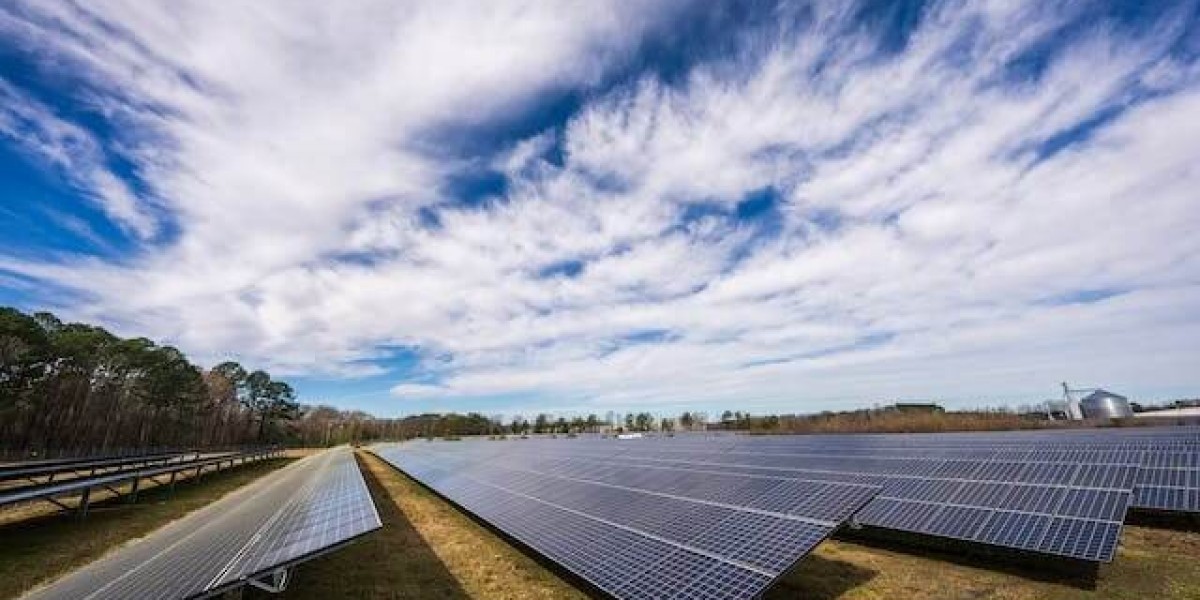1. Introduction:
In Australia, rooftop solar energy has gained prominence as more homes and businesses install solar panels to lower their electricity bills and carbon footprints. With one of the greatest rates of rooftop solar penetration in the world, the nation demonstrates its strong support for renewable energy sources.
The Australian Energy Market Commission (AEMC), an independent organization in charge of creating and upholding the laws governing the country's energy market, is leading the charge in market regulation. In order to ensure fair competition, dependability, and efficiency in the electrical industry and to contribute to a sustainable and secure energy future for all Australians, the AEMC is essential.
2. The Current Landscape of Rooftop Solar in Australia:
Australia's rooftop solar market is now showing an impressive growth trend. Data show that rooftop solar installations have increased significantly nationwide in recent years, reflecting a major shift in Australian households' energy use towards renewable sources. Falling panel prices, government incentives, and more environmental consciousness are some of the reasons for this boom.
Nonetheless, Australia's current grid infrastructure is facing difficulties as a result of the sharp rise in rooftop solar penetration. Due to the conventional power grid's inability to manage distributed generation at such high levels, problems including voltage fluctuations, substation overloads, and reverse power flows occurred. When extra electricity is put back into the grid during times of peak solar generation, these issues are made worse and may require grid modifications in order to prevent instability.
With more rooftop solar installations, Australia is moving toward a more sustainable energy future. As a result, resolving these grid infrastructure issues is essential to ensuring efficient and dependable electricity distribution across the country. Regulatory agencies, utilities, and solar stakeholders must work together to remove these obstacles and maximize rooftop solar integration with the current electrical grid.
3. AEMC's Proposed Reforms:
Recently, the Australian Energy Market Commission (AEMC) proposed updating the rules pertaining to rooftop solar systems. The goals of these improvements are to improve grid voltage control and lessen issues like network congestion. The overall efficiency and stability of Australia's energy network is what AEMC hopes to achieve by enacting modifications to the way solar arrays communicate with the grid. The goal of the proposed amendments is to guarantee a consistent supply of power to all customers while streamlining the integration of rooftop solar into the current infrastructure.
4. Impact on Consumers and Industry:
Proposed amendments by the Australian Energy Market Commission (AEMC) might have a big effect on rooftop solar sector and customers alike. These modifications may result in different feed-in tariffs for consumers, which could have an impact on the financial incentives associated with installing rooftop solar systems. This may have an effect on not just current solar owners but also prospective adopters in the future, affecting their choice to switch to renewable energy sources. Consumers may notice a change in the economics of rooftop solar investments in terms of costs, and depending on how the adjustments work out, this might either stimulate or discourage adoption.
The AEMC's planned changes are probably going to have a big impact on installation companies as well as the rooftop solar market. Changes to regulatory frameworks or feed-in tariffs have the potential to directly impact the market for rooftop solar systems. Businesses in this industry may face difficulties navigating possible disruptions or shifts in the dynamics of the market. In order to respond to these new circumstances brought about by AEMC's plans, it may be necessary to make changes to the rooftop solar industry's business models, pricing policies, and general operating procedures.
The possible consequences of AEMC's proposed modifications highlight a critical moment for Australian consumers who are thinking about investing in rooftop solar and for companies operating in the rooftop solar sector. These regulatory changes could have far-reaching impacts that not only change individual decisions about adopting renewable energy but also future market environments and industry practices. All concerned parties must continue to keep a careful eye on these advancements and plan ahead to choose the best course through this changing landscape in Australia's renewable energy industry.
5. Future Outlook and Conclusion:
Future Outlook and Conclusion:
The AEMC's planned amendments might have a big impact on how rooftop solar develops in Australia. The reforms introduce features like optional price structures and export limitations in an effort to address the problems caused by high solar uptake. These modifications may promote the more economical use of solar energy generated during peak hours, resulting in a more stable grid and lowering the requirement for expensive infrastructure improvements.
New incentives for the incorporation of battery storage could hasten the adoption of renewable energy sources and assist families in optimizing their solar energy self-consumption. Australia's energy sector may become more robust and sustainable as a result of this move toward smarter, more dynamic energy management systems.
Australia's prospects for rooftop solar are bright, as these reforms may open up new avenues for growth and innovation in the field of renewable energy. To make sure these adjustments produce the desired results and take care of any unforeseen problems that may occur, it will be essential to regularly monitor their implementation.
Taking into account everything said above, we can say that the AEMC's proposed amendments represent a big step in the direction of changing Australia's rooftop solar market. Two important lessons learned are to prioritize regulating grid stability by export limits and optimizing solar energy use through creative pricing schemes. In the future, additional investigation into consumer behavior, technical developments, and policy frameworks will be necessary to fully reap the rewards of these reforms and propel Australia's continuous transition to a cleaner, more sustainable energy future.



